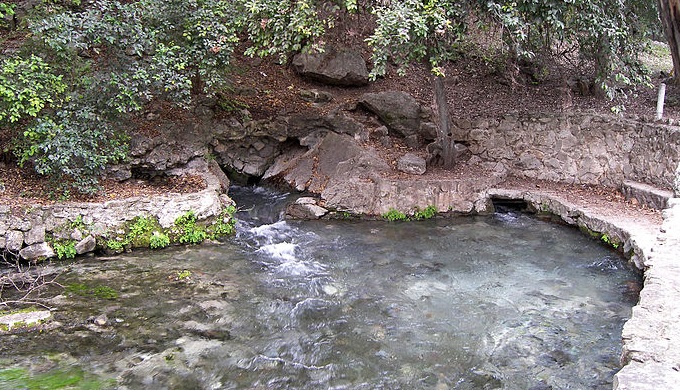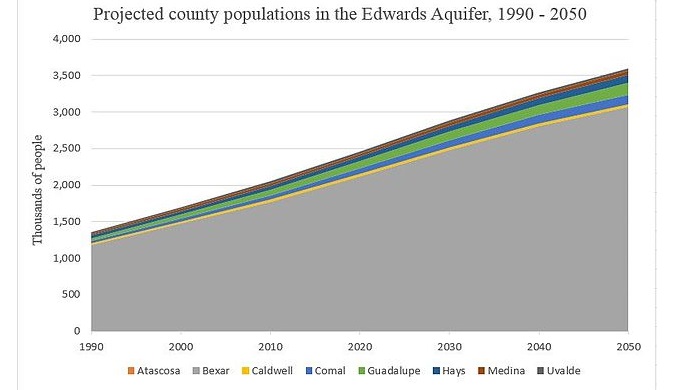Unbeknownst to many in the Texas Hill Country, the ground beneath their feet holds the life of the area. The Edwards Aquifer literally is the life blood of the Hill Country. In fact, this area would not have grown to what it is today without the aquifer. Cities like San Antonio have long depended on the Edwards Aquifer for water, making it an integral part of the environment and geology of the region. But, it could be in trouble, and water supplies might be at risk in the future.
Nature
What Is the Edwards Aquifer?
What is an Aquifer?

Photo: Wikimedia Commons
Aquifers trap water underground, like a natural cistern. But unlike a cistern, which is a hollow space, an aquifer has permeable rock, like limestone, to hold the water, like a sponge. The Edwards Aquifer ranks among the largest artesian aquifers in the world. Most regular aquifers simply hold the water, but an artesian aquifer, like the Edwards, holds water under positive pressure. This pressure gets relief through outlets such as the numerous springs in the Texas Hill Country, where the water forces itself out at the surface.
Springs

Photo: Wikimedia Commons
Part of what makes the Hill Country unique is the abundance of naturally flowing, crystal-clear springs. San Marcos and Comal springs both get their water from the aquifer, but water is not the only thing that makes these springs unique. Rare species exist in and near these springs that you cannot find elsewhere. In fact, the U.S. Fish and Wildlife Services has declared these two springs to be the most ecologically diverse in the southeastern United States. Seven endangered species and one threatened species make their home in these springs. Preserving the Edwards Aquifer not only protects these plants and animals but it also helps to preserve drinking water for millions.
How Texans Use It

Photo: Wikimedia Commons
Texans use the Edwards Aquifer in many ways. When rain falls in the Texas Hill Country, only 5% ends up in the aquifer itself to stay. Up to 95% of the rainwater that flows into the aquifer gets used. More than half of the water leaving the aquifer (51%) flows out of the natural artesian springs. Only 28% goes toward city and military water use. Farmers use 14% for irrigation, and the remaining 7% gets split between domestic livestock and industrial uses. Problems can arise when rainfall decreases and use increases, as can happen in times of drought.
Potential Problems

Photo: Wikimedia Commons
Problems with the aquifer arise when the springs stop flowing. This occurs when the aquifer drops its level below 95% full. So, a small loss of water from the aquifer could have big implications. To prevent this in the future, San Antonio no longer gets all its water from the aquifer. While many have proposed ideas to maintain the springs and aquifer, money remains a serious obstacle for implementing them. Perhaps in the future, someone will find a means of balancing the economy with ecology in preserving the aquifer and springs for a reasonable cost.
References:



